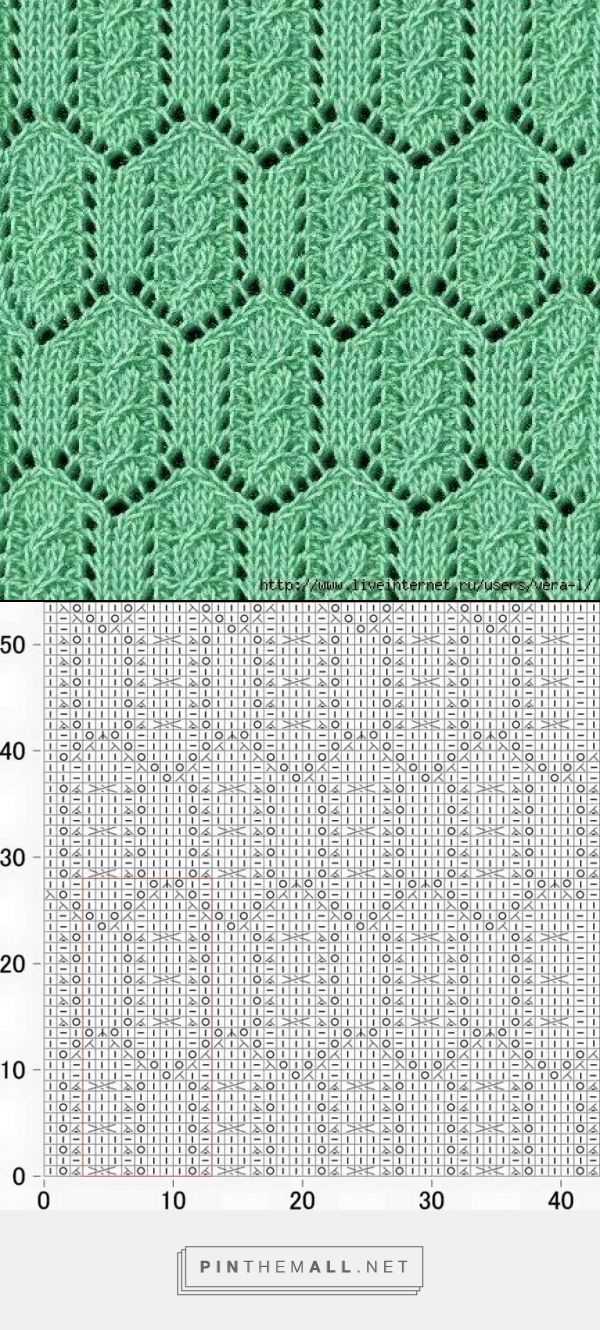
Knitting is a popular craft that has been enjoyed by people for centuries. Over the years, different techniques and styles of knitting have emerged, allowing knitters to create a wide variety of projects. One of the most fascinating and creative techniques in knitting is picture knitting.
Picture knitting, also known as intarsia knitting, is a technique that allows knitters to create intricate designs and images using different colors of yarn. Unlike traditional knitting patterns that consist of basic stitches and simple designs, picture knitting patterns require knitters to follow a chart or graph and use different yarn colors to create a picture or image on their knitting.
Picture knitting patterns are popular among knitters who enjoy challenging themselves and want to create unique and eye-catching designs. The patterns can range from simple shapes and symbols to complex images of animals, landscapes, and even portraits. With picture knitting, knitters can unleash their creativity and express themselves through their knitting projects.
Picture knitting patterns are not only visually stunning but also allow knitters to experiment with different techniques, such as colorwork and intarsia. By following a chart or graph, knitters can learn how to knit with multiple colors and create beautiful patterns. Additionally, picture knitting patterns often require knitters to work with different types of stitches, such as knit, purl, and yarn overs, making it a great way to improve knitting skills.
What are picture knitting patterns?
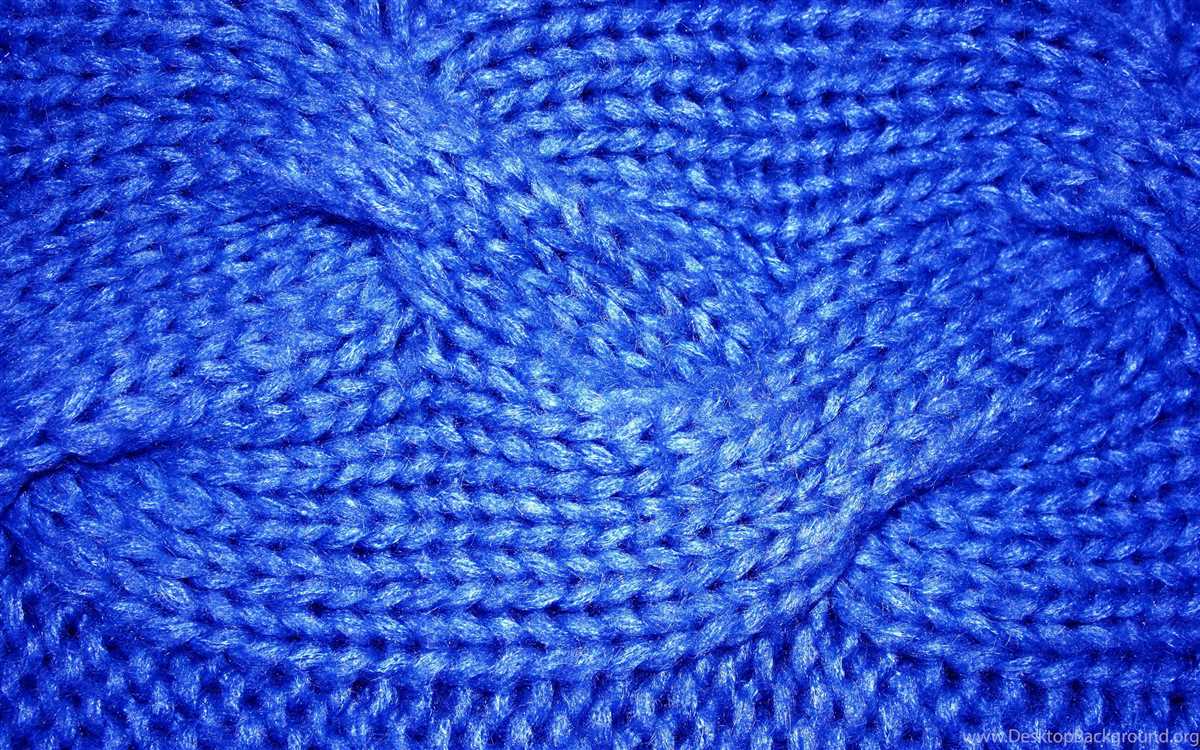
Picture knitting patterns are knitting patterns that are designed to create an image or a picture using different colored yarns. These patterns can be used to make various items such as sweaters, blankets, scarves, and even socks. They are a popular choice for knitters who want to add an extra level of creativity and personalization to their projects.
When using picture knitting patterns, the knitter follows a chart or a graph that indicates which color to use for each stitch. The chart usually represents the image or picture that will be created through the knitting process. Each square on the chart corresponds to one stitch and one color of yarn.
Key features of picture knitting patterns:
- Color coordination: Picture knitting patterns require knitters to work with multiple colors of yarn in order to create the desired image. This requires careful selection and coordination of colors to ensure that the image is clear and recognizable.
- Chart reading: Knitters need to be able to read and interpret the chart or graph that accompanies the picture knitting pattern. This involves understanding symbols or color codes that represent different stitches and colors.
- Counting and tracking: Knitters often need to count and keep track of their stitches and rows to ensure that the image is coming out correctly. This requires attention to detail and precision.
- Advanced techniques: Picture knitting patterns may involve more advanced knitting techniques such as intarsia or fair isle knitting. These techniques allow for the seamless blending of different colors and shapes to create intricate designs.
- Creativity and customization: Picture knitting patterns offer knitters the opportunity to showcase their creativity and make unique and personalized items. They can choose patterns that reflect their interests, hobbies, or favorite images.
Overall, picture knitting patterns add a fun and artistic element to the traditional craft of knitting. They allow knitters to create beautiful and eye-catching designs that are sure to impress others. Whether you’re a beginner or an experienced knitter, picture knitting patterns can provide a challenging and rewarding project to test your skills and unleash your creativity.
The history and origin of picture knitting patterns
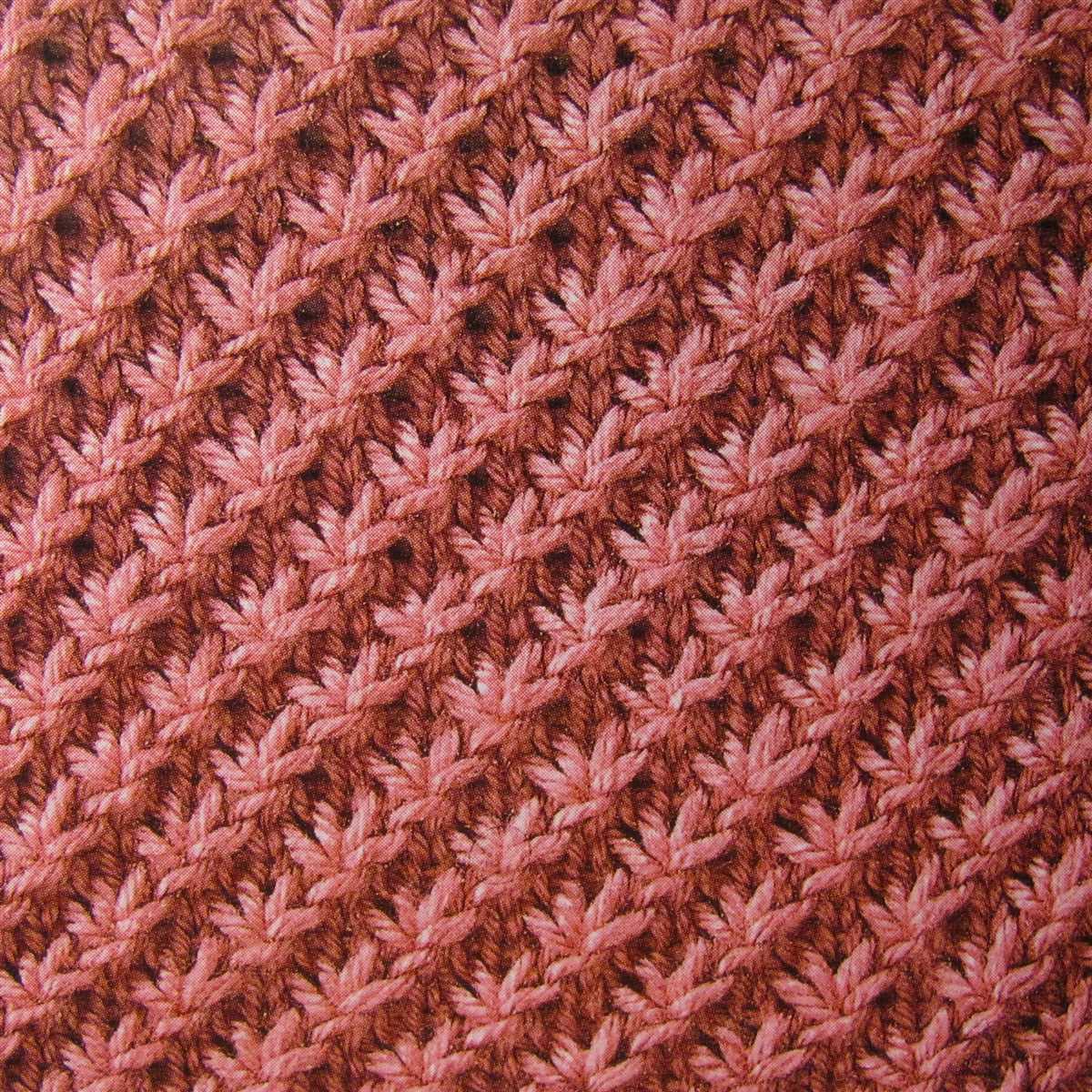
In the world of knitting, picture knitting patterns have a long and rich history. These patterns, also known as intarsia or jacquard knitting, involve creating designs or pictures on a knitted fabric by using different colors of yarn. The origin of picture knitting patterns can be traced back to ancient Egypt, where techniques similar to intarsia were used to create elaborate tapestries.
As knitting spread throughout Europe during the Middle Ages, picture knitting patterns became popular among nobility and wealthy individuals. These intricate designs were often found on clothing, such as sweaters, shawls, and socks, and were considered a sign of wealth and prestige. Knitters would spend hours meticulously knitting each stitch, creating beautifully detailed images.
During the Renaissance period, picture knitting patterns continued to evolve. The invention of the knitting loom allowed for more complex designs to be created, and knitters began experimenting with different techniques, such as stranded knitting and duplicate stitching. Stranded knitting, also known as Fair Isle knitting, involves carrying multiple colors of yarn across the back of the work, creating a dense and colorful fabric. Duplicate stitching, on the other hand, involves adding the image onto a completed knitted piece by embroidering over the existing stitches.
- In the 20th century, picture knitting patterns gained mainstream popularity through the rise of fashion designers such as Elsa Schiaparelli and Mary Quant.
- Today, picture knitting patterns continue to be a beloved technique among knitters of all skill levels. With the advent of digital technology, knitters can now find a wide variety of picture knitting patterns online, as well as software and apps that help simplify the design process.
In conclusion, the history and origin of picture knitting patterns can be traced back to ancient Egypt and have evolved over the centuries to become a beloved technique among knitters worldwide. These intricate and beautiful designs continue to be admired and cherished, preserving the tradition and artistry of picture knitting.
How to read a picture knitting pattern
Reading a picture knitting pattern can seem overwhelming at first, but with a little practice, it becomes much easier to understand and follow. Picture knitting patterns use visual symbols to represent different stitches, colors, and techniques, allowing you to create intricate designs and images in your knitted projects.
1. Understand the key: The key is an essential part of any picture knitting pattern. It provides a legend that explains the meaning of each symbol used in the pattern. Take the time to study and familiarize yourself with the key before you begin knitting. This will help you interpret the pattern accurately.
2. Start from the bottom right: When reading a picture knitting pattern, it is best to start from the bottom right corner and work your way up and to the left. This is because knitting is usually worked from right to left, and starting at the bottom ensures that each row is read in the correct direction.
3. Pay attention to stitch symbols: Picture knitting patterns use symbols to represent different types of stitches, such as knit stitches, purl stitches, and increases or decreases. The key will explain what each symbol means, so make sure to refer to it when you come across a new symbol in the pattern.
4. Follow the color chart: If the picture knitting pattern includes multiple colors, it will usually have a color chart that shows you which color to use for each stitch. The color chart may be in the form of a grid, with each cell representing a stitch and a corresponding color. Make sure to follow the color chart accurately to achieve the desired image or design.
5. Keep track of your progress: As you work through the picture knitting pattern, it is helpful to keep track of your progress by crossing off or highlighting each row as you complete it. This will help you stay organized and avoid making mistakes or repeating rows.
By following these tips, you will be able to confidently read and follow a picture knitting pattern. With practice, you can create beautiful knitted projects that feature intricate and detailed designs.
Benefits of Using Picture Knitting Patterns
Knitting is not only a popular hobby, but it is also a creative outlet for many people. One way to enhance your knitting projects is by using picture knitting patterns. These patterns allow you to create detailed and intricate designs, bringing your creations to life. There are several benefits to using picture knitting patterns, which make them a great choice for knitters of all skill levels.
1. Creativity and Personalization
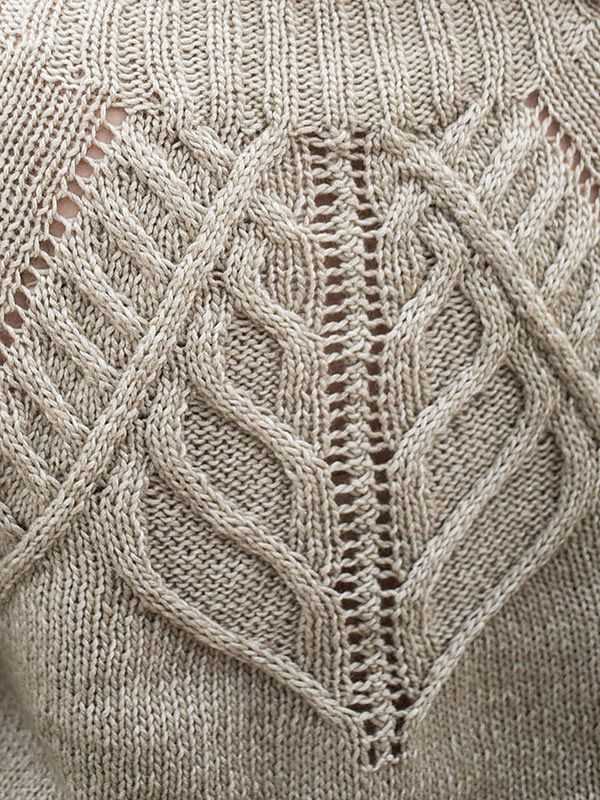
Picture knitting patterns provide an opportunity for knitters to express their creativity and personalize their projects. Whether you want to create a unique sweater, a cozy blanket, or a cute baby hat, you can find picture knitting patterns that match your style and vision. These patterns often feature various motifs, such as animals, flowers, or geometric designs, allowing you to customize your knitting projects to reflect your individuality.
2. Visual Guidance
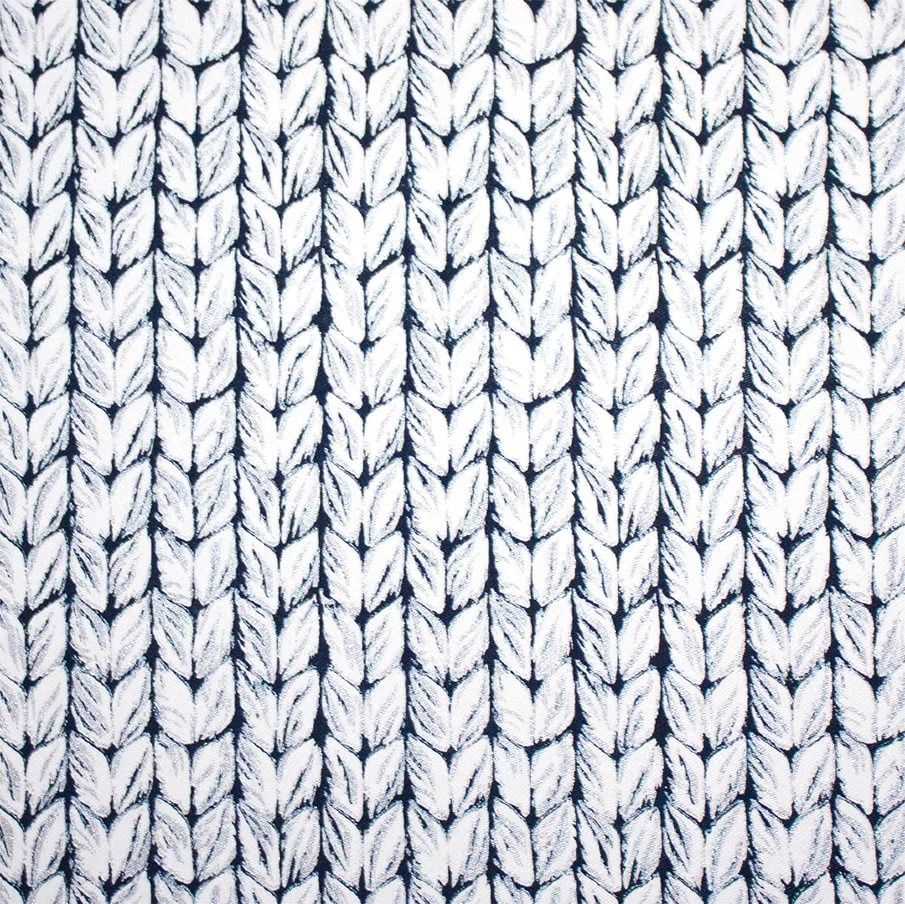
Using picture knitting patterns provides clear visual guidance, making it easier for knitters to follow along and understand the design. Instead of relying solely on written instructions, which can sometimes be confusing, picture knitting patterns offer a visual representation of the finished product. This can be especially helpful for beginners, as they can see exactly how each stitch should be placed and how the design should look as they work through the pattern.
3. Enhances Knitting Skills
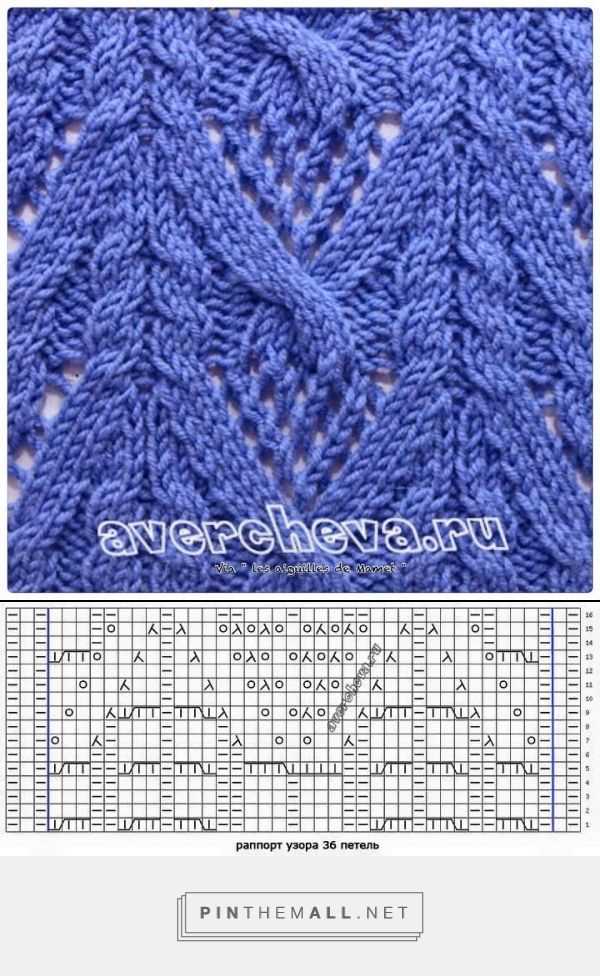
Working with picture knitting patterns can help enhance your knitting skills and expand your repertoire of techniques. These patterns often incorporate different stitch patterns, color changes, and shaping techniques, challenging you to learn and practice new skills. As you work on complex picture knitting patterns, you will discover new tricks and techniques that can be applied to future projects. This continual learning process can lead to greater confidence and a sense of accomplishment in your knitting journey.
4. Fun and Engaging Projects
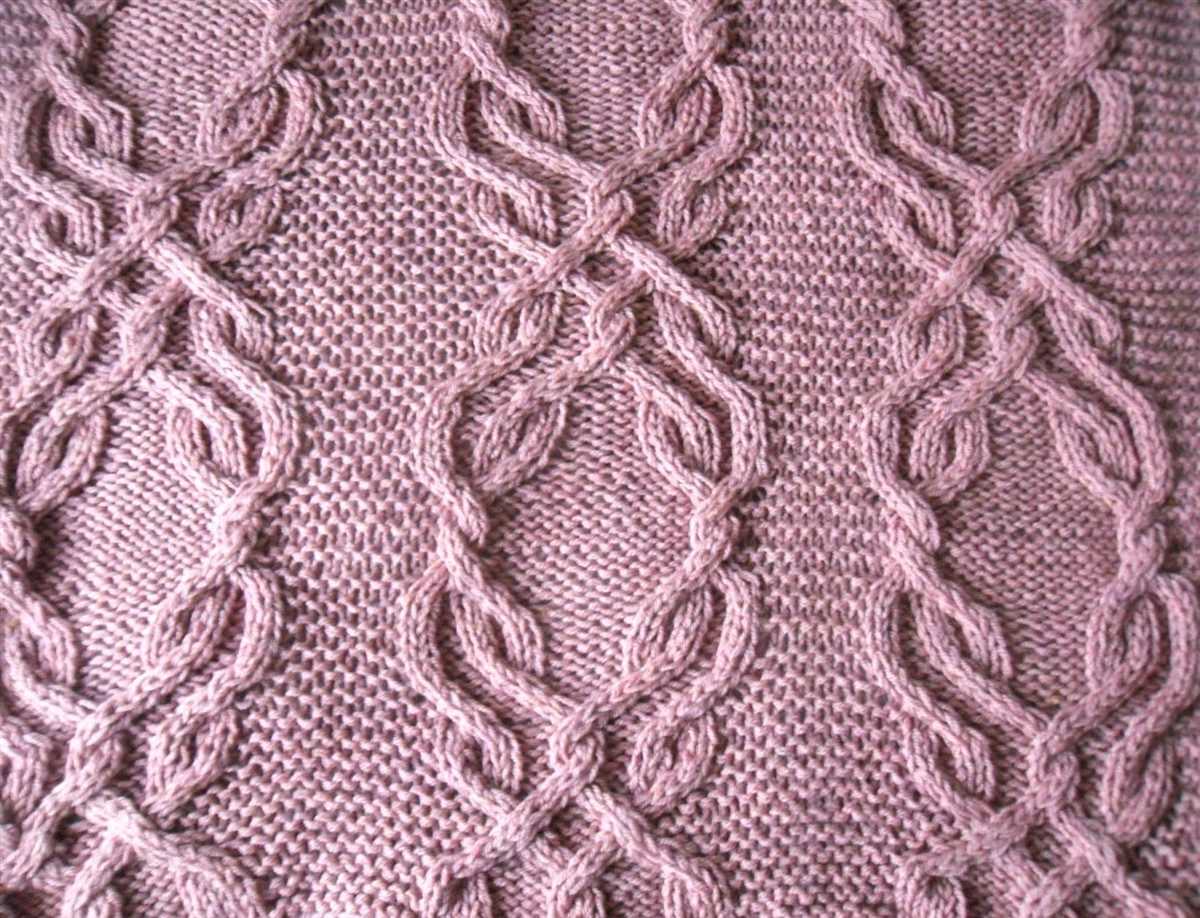
Knitting with picture knitting patterns can be particularly fun and engaging due to the visually appealing designs. Whether you are knitting a landscape scene, an intricate fair isle pattern, or a whimsical character, these patterns offer a unique and enjoyable knitting experience. The combination of following a pattern and creating a beautiful image stitch by stitch can be meditative and therapeutic, providing a sense of relaxation and satisfaction.
Overall, picture knitting patterns offer numerous benefits that can enhance your knitting projects. From unleashing your creativity to improving your knitting skills, these patterns provide a fun and engaging way to take your knitting to the next level.
Popular picture knitting patterns
Picture knitting patterns have become increasingly popular among knitters of all skill levels. These patterns allow knitters to create stunning and detailed images using various knitting techniques. Whether you are a beginner or an experienced knitter, there are countless picture knitting patterns available that cater to different interests and artistic styles.
One popular type of picture knitting pattern is the fair isle technique. Fair isle knitting involves using multiple colors in a single row to create intricate patterns and images. This technique is often used to create pictures of animals, landscapes, and geometric designs. Knitters can choose from a wide range of fair isle picture knitting patterns, allowing them to create unique and personalized projects.
Animal picture knitting patterns
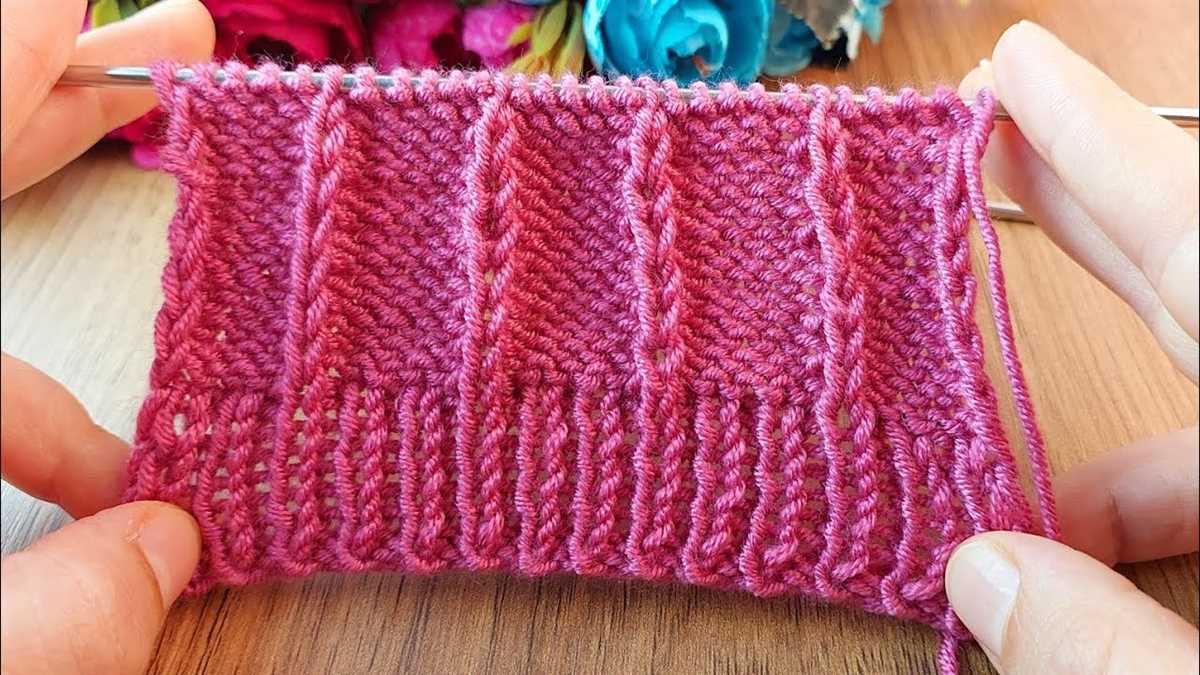
Animal picture knitting patterns are particularly popular among knitters. These patterns allow knitters to create adorable and lifelike images of their favorite animals. From cats and dogs to elephants and giraffes, there are picture knitting patterns available for almost every animal you can imagine. These patterns often include detailed instructions and charts that guide knitters through the process of creating realistic animal images.
Another popular category of picture knitting patterns is the nature-inspired patterns. These patterns often feature flowers, trees, and other elements of the natural world. Knitting picture patterns inspired by nature can be a great way to bring the beauty of the outdoors into your knitting projects. Whether you prefer vibrant and colorful designs or more subtle and understated images, there are picture knitting patterns available to suit your preferences.
Tips for creating your own picture knitting pattern
Creating your own picture knitting pattern can be a fun and rewarding project. Whether you want to knit a unique design or recreate a favorite image, there are a few tips to keep in mind to ensure your pattern turns out just the way you envision it.
1. Choose the right image: Start by selecting an image that is clear, well-defined, and has distinct lines and shapes. Simple images with fewer colors tend to work best for knitting patterns. Avoid images that are too complex or have intricate details, as they may not translate well into a knitting pattern.
2. Convert the image into a grid: Once you have your image, you will need to convert it into a grid. This can be done using graph paper or through graphic design software. Each square on the grid will represent one stitch in your knitting pattern. Be sure to adjust the size of the grid based on the desired finished dimensions of your knitting project.
3. Simplify the colors: Knitting patterns are typically limited in the number of colors that can be used, so it is important to simplify the colors in your image. Choose a limited color palette that best represents the image while still allowing for easy color changes in your knitting.
4. Consider stitch techniques: Different stitch techniques can be used to create different effects in your knitting pattern. Experiment with different stitch patterns, such as intarsia, fair isle, or duplicate stitch, to add texture and depth to your design.
5. Test your pattern: Before starting your knitting project, it is a good idea to create a small swatch to test your pattern. This will help you identify any errors or areas that may need adjustment before committing to the entire project.
By following these tips, you can create your own unique picture knitting pattern and bring your favorite images to life through knitting.
Choosing the right yarn and needles for picture knitting patterns
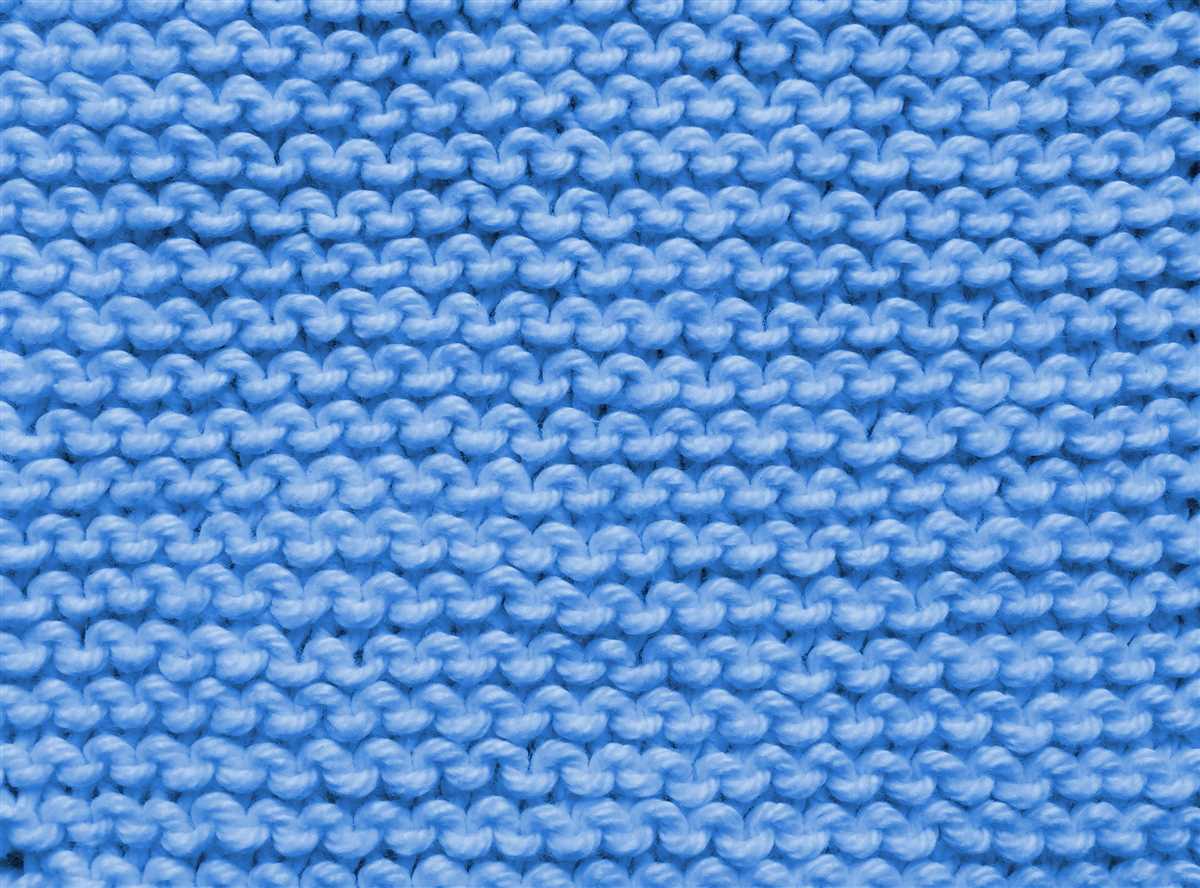
When it comes to picture knitting patterns, choosing the right yarn and needles is essential in order to achieve the desired result. The type and weight of the yarn, as well as the size of the needles, can greatly impact the final appearance of the picture.
One important aspect to consider is the yarn color. It is crucial to choose colors that will create the desired image when knitted together. Variegated or self-striping yarns can be used to add depth and dimension to the picture, while solid colors can create a more defined and crisp image. It is also important to ensure that the yarn colors contrast well with each other, as this will help the picture stand out.
When it comes to the yarn weight, it is important to consider the size of the picture and the desired level of detail. Thicker yarns, such as bulky or chunky yarns, can create larger, more prominent images, while finer yarns, such as lace or fingering weight, can be used for more delicate and intricate pictures. Considering the overall size and complexity of the picture will help determine the appropriate yarn weight.
The size of the needles is also a factor to consider. Larger needles will create a looser stitch, resulting in a more open and textured picture. Smaller needles, on the other hand, will create a tighter stitch, resulting in a more defined and compact picture. Experimenting with different needle sizes can help achieve the desired texture and appearance.
In conclusion, when it comes to picture knitting patterns, choosing the right yarn and needles is crucial. Considering factors such as yarn color, weight, and needle size will help achieve the desired image and level of detail in the final knitted picture. So, take your time and select the perfect materials to bring your picture knitting pattern to life!
Common mistakes to avoid when using picture knitting patterns
Using picture knitting patterns can be a fun and creative way to add unique designs to your knitting projects. However, there are some common mistakes that beginners often make when using these patterns. By avoiding these mistakes, you can ensure that your finished project turns out the way you envisioned it.
1. Not reading the pattern carefully
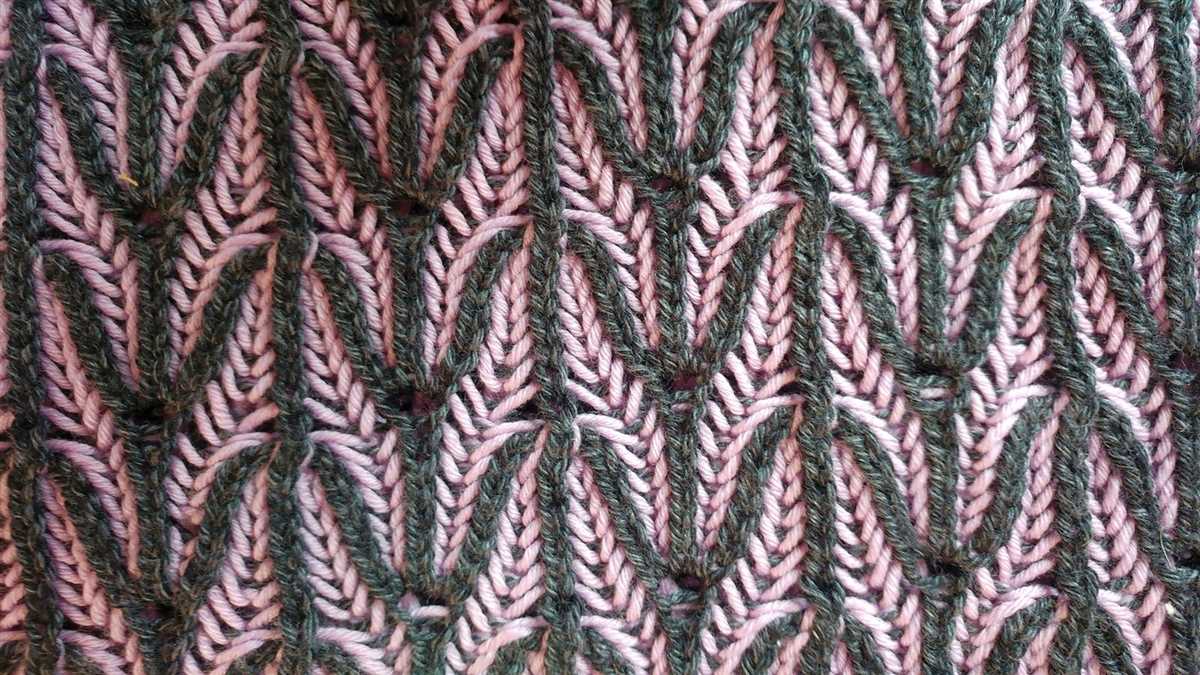
One of the biggest mistakes knitters make when using picture knitting patterns is not thoroughly reading the pattern before starting. It’s important to take the time to carefully read through the pattern from start to finish, making note of any abbreviations or special techniques that may be used. By doing so, you can avoid confusion and ensure that you have a clear understanding of the steps involved.
2. Not choosing the right yarn and needle size
Another common mistake is not selecting the right yarn and needle size for the pattern. Picture knitting often requires different yarn weights and needle sizes to create the desired effect. It’s essential to follow the pattern’s recommendations for yarn and needle size to achieve the correct tension and gauge. Using the wrong materials can result in a finished project that is too tight or too loose.
3. Ignoring the importance of swatching
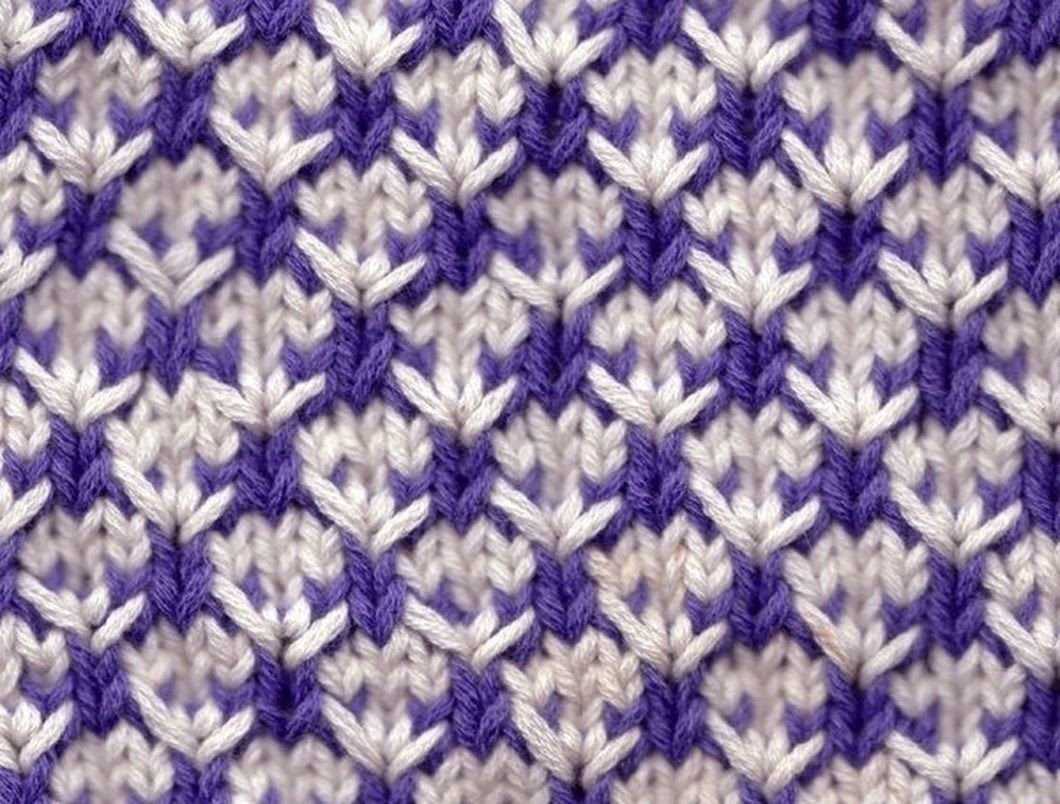
Swatching is an essential step in picture knitting, yet many knitters skip this important process. Swatching allows you to test out different stitch patterns, yarns, and needle sizes to determine the best combination for your project. By taking the time to swatch, you can ensure that your finished project will have the desired texture and appearance.
4. Not counting stitches and rows
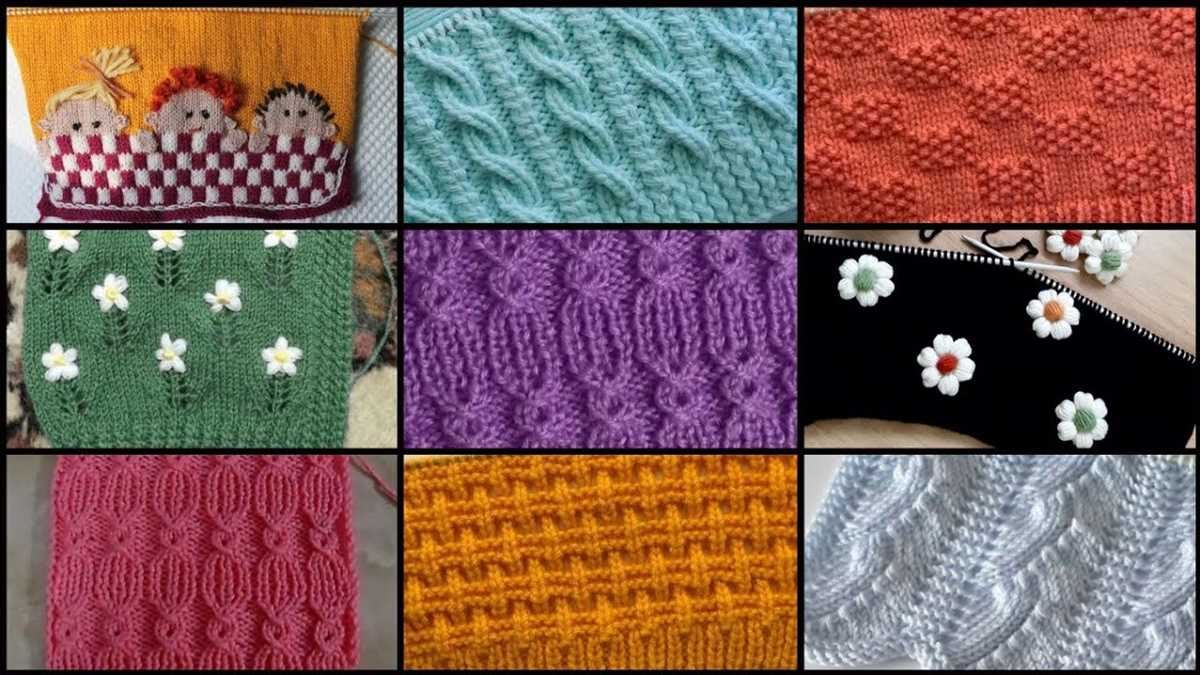
Counting stitches and rows is crucial when working with picture knitting patterns. Small mistakes in stitch or row counts can result in a distorted image or uneven fabric. It’s important to stay organized and keep track of each stitch and row as you work. Double-checking your count periodically can help you catch any mistakes early on and make necessary adjustments.
5. Rushing through the project
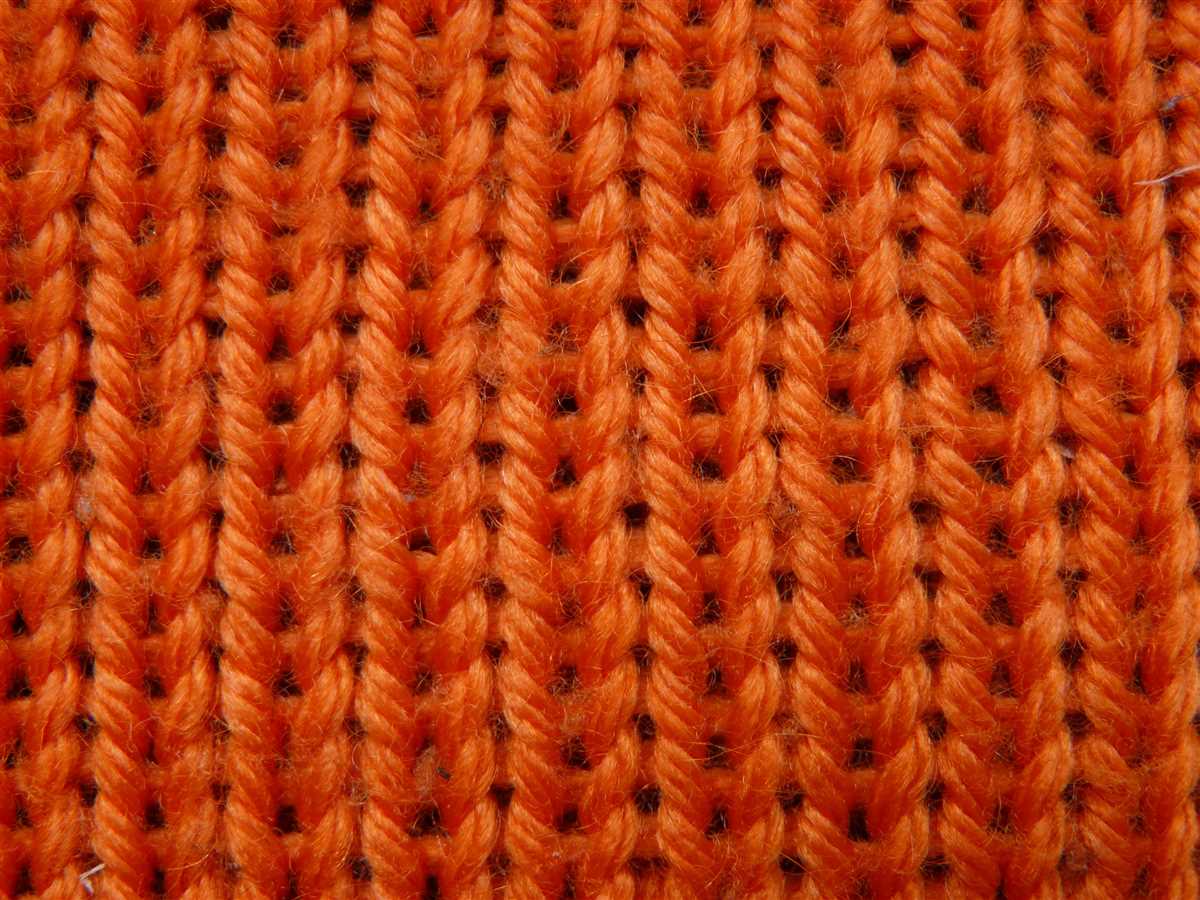
Picture knitting requires careful attention to detail, and rushing through the project is a recipe for mistakes. Take your time and focus on each stitch, ensuring that your tension remains consistent throughout. Rushing can lead to missed stitches or uneven tension, detracting from the overall appearance of the picture.
By being mindful of these common mistakes and taking the necessary time and care, you can successfully use picture knitting patterns to create stunning and personalized projects.
Where to find picture knitting patterns online
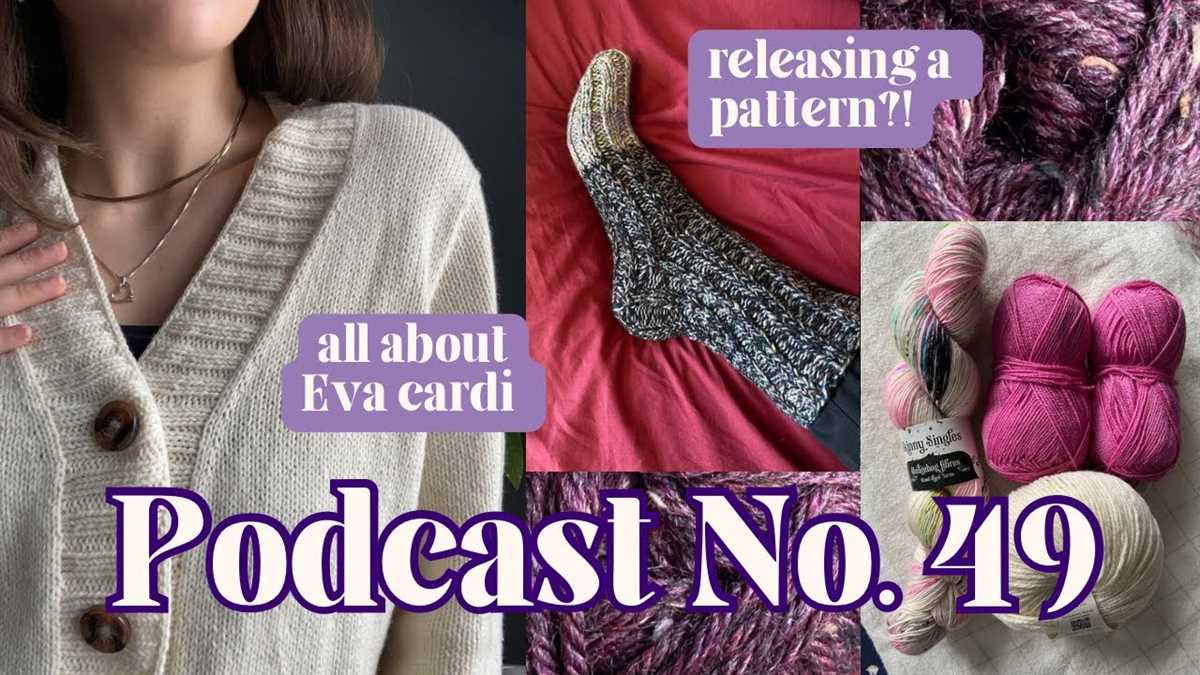
Knitting has always been a popular hobby, and now with the rise of the internet, it’s easier than ever to find inspiration and patterns online. If you’re interested in creating picture knitting patterns, there are several websites where you can find a wide range of designs to suit your skills and tastes.
Ravelry: Ravelry is a well-known online community for knitters and crocheters. It has a vast collection of patterns, including picture knitting patterns. The website allows you to search for specific designs or browse through various categories. You can also connect with other knitters and share your finished projects.
KnittingGraphs.com: KnittingGraphs.com is a website dedicated to creating custom knitting graphs for picture knitting. You can upload a photo or image of your choice and the website will convert it into a knitting pattern. They also provide helpful instructions and tips for knitting with graphs.
LoveKnitting: LoveKnitting is an online store that offers a wide selection of knitting patterns, including picture knitting patterns. They have a variety of designs for different skill levels and styles. You can filter the patterns by category, difficulty, and type of project to find exactly what you’re looking for.
KnitPicks: KnitPicks is another online store that sells knitting supplies and patterns. They have a section specifically for picture knitting patterns where you can find beautiful designs for blankets, scarves, and more. The patterns at KnitPicks are often created by talented designers and offer detailed instructions and charts.
Other Places to Look
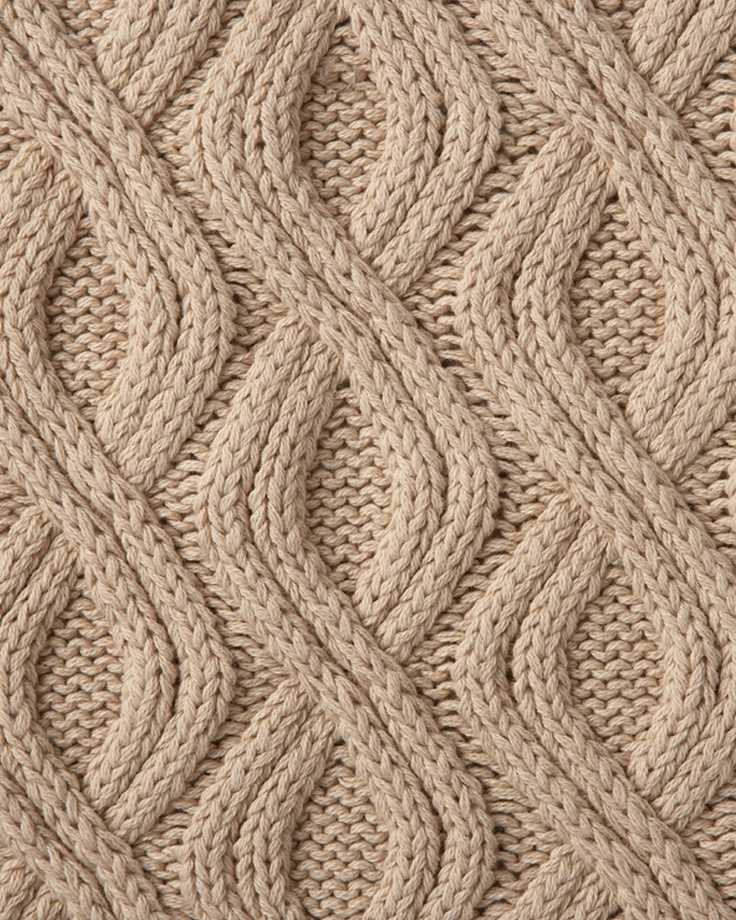
- Pinterest: Pinterest is a great platform for finding inspiration and ideas. You can search for picture knitting patterns and save them to your own boards for future reference.
- YouTube: YouTube has a wealth of knitting tutorials and videos that can help you learn new techniques and create picture knitting patterns.
- Knitting magazines: Many knitting magazines feature picture knitting patterns in their issues. You can subscribe to these magazines or check out their websites for digital copies.
- Local yarn stores: Visit your local yarn store and ask if they have any picture knitting patterns available. They may offer classes or workshops where you can learn how to create your own designs.
With the internet at your fingertips, you have endless possibilities for finding picture knitting patterns. Whether you’re a beginner or an experienced knitter, there are patterns out there that will inspire and challenge you. So go ahead and explore these resources to start your next picture knitting project!
How to customize picture knitting patterns to fit different projects
Picture knitting patterns can be a fun and creative way to personalize your knitting projects. Whether you’re making a blanket, a sweater, or even a hat, you can customize your pattern to fit your specific needs. Here are some tips on how to do just that:
1. Choose the right picture: When selecting a picture for your knitting pattern, consider the project you’re working on. For smaller items like hats or scarves, choose a simpler picture with fewer colors and finer details. For larger items like blankets or sweaters, you can go for more complex pictures.
2. Adjust the size: Depending on the size of your project, you may need to resize the picture. This can be done by adjusting the number of stitches and rows in the pattern. Keep in mind that resizing can affect the look of the picture, so make sure to test it out on a small sample first.
3. Customize the colors: If the picture in the original pattern doesn’t match your desired color scheme, feel free to change it up! You can use different yarn colors to create a completely different look. Just make sure to choose colors that work well together and complement your overall design.
4. Add or remove elements: If you want to make the picture knitting pattern even more unique, you can add or remove elements from the original design. This can be as simple as adding a border or as complex as completely changing the picture. Let your creativity guide you!
5. Consider your skill level: When customizing a picture knitting pattern, it’s important to consider your skill level. If you’re a beginner, you might want to start with simpler patterns and gradually work your way up to more complex designs. Don’t be afraid to challenge yourself, but also be realistic about what you can accomplish.
In conclusion, customizing picture knitting patterns allows you to make your projects truly unique. By choosing the right picture, adjusting the size, customizing the colors, and adding or removing elements, you can create a design that fits your personal style and preferences. Just remember to consider your skill level and have fun with the process!